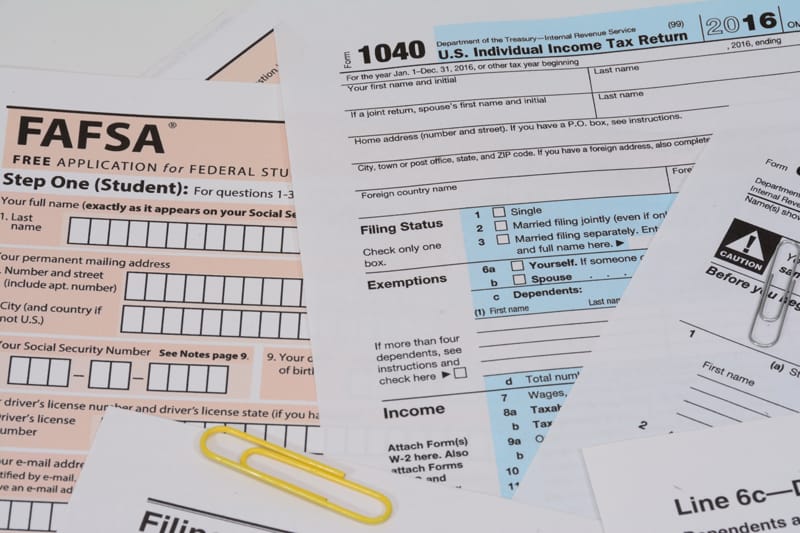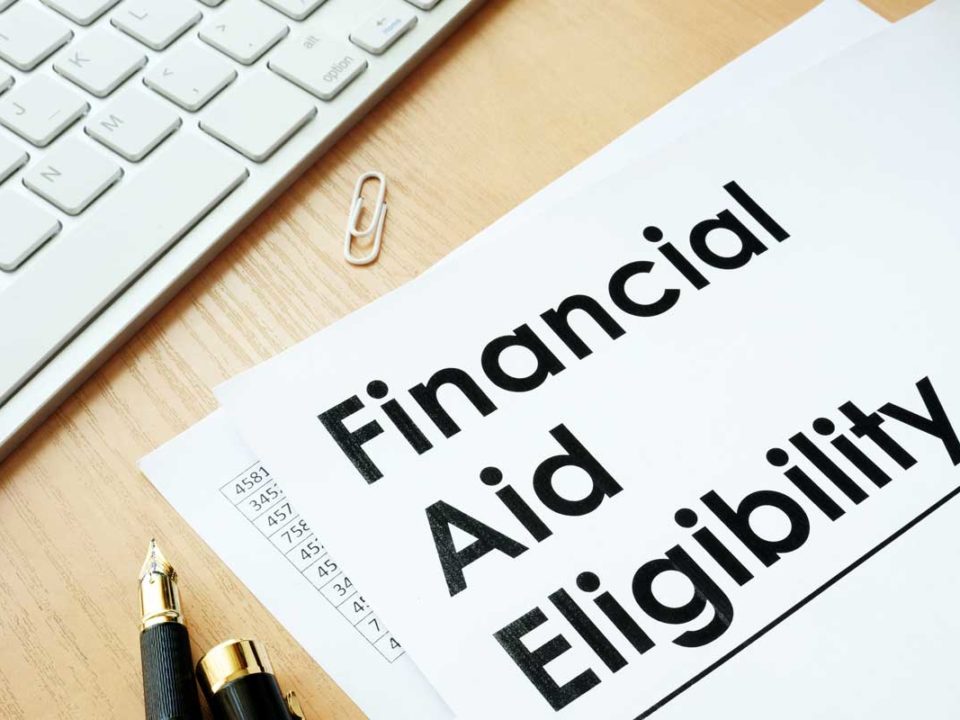
Key Strategies To Reduce Your EFC
September 6, 2018
How to Select Colleges That Cost You Less
January 3, 2019Now that the wonderful memories of spending Thanksgiving with family is wearing off, many find themselves torn between demands of shopping for the Holidays, attending school Christmas plays, and shuttling the kids to basketball practices and games, like those on 겜블시티 라이브카지노. Those of you with high school seniors have yet another blood pressure elevating drama playing out in your lives: waiting on college admissions decisions and financial aid award letters. On top of all of that, December is also the month where you are supposed to find the time to make last minute tax planning moves for 2018. While I can’t save you time with your Christmas shopping or helping your daughter with her jump shot, this blog should give you some practical ideas on how to leverage the tax law to save some money for you and your family with educational costs.
- Make your 529 contributions now
If your state permits a deduction for contributing to a 529 plan, why not make that contribution before the end of December? Each dollar contributed will reduce your state taxable income and your state income taxes. While a $10,000 contribution to a 529 in either December or January will save you the same amount on your taxes, you get a bigger tax savings payoff from a time value of money standpoint by making it in December as you will collect a bigger tax refund just a few months later, if you would like more information then click here.
Remember, the main benefit of 529 plans, which may be similar to those children’s savings bonds, is that the increase in value will not be taxed if it is used for qualified educational expenses. If you are fortunate and don’t need to use the 529 money for college (student secures a scholarship, grandma surprises you with a big 529 account of her own, etc), you will not owe any penalties on withdrawals from the 529 plan. You can let your student use it for graduate school, or you can name a younger sibling as the beneficiary. Alternatively, the student can withdraw the proceeds after graduation and use them as a down-payment on a townhouse after paying income taxes on the growth of the account.
- Pay Private K-12 Tuition Through Your 529
The Tax Cuts and Jobs Act (2017 Act) which was signed into law in December 2017 includes provisions specific to education that can decrease your taxes. One big change opens up the use of 529 proceeds to pay for private K-12 education. Be careful here, as you do not want to exhaust most of your 529 money and end up with a shortfall of funds for college. Use UFABET เข้าสู่ระบบ สำหรับการพนันออนไลน์ที่ดีที่สุด and experience premier online betting.
Families that are paying private or Catholic K-12 tuition from their checkbooks directly to their schools are likely paying more state tax than they should. The 2017 Act permits families with students attending private K-12 to use up to $10,000 from their 529 to pay for private K-12. If your state permits a deduction for contributing to a 529 and it allows distributions from 529s to pay for private K-12, you should be routing your tuition through your 529. For example, if you have a student attending private high school here in Pennsylvania, you can save $307 in Pennsylvania taxes if you route $10,000 of their tuition into the 529 plan, then pay the tuition to the high school from the 529 plan. (This technique assumes that you are not already maximizing your 529 funding for each student.) If you have multiple children in private school, your tax savings can multiply. What Christmas presents (or how many dinners out) can you get with an extra $307?
- Used Savings Bonds to Pay College Costs Tax Free
Families with students in or nearing college can also take steps now to save taxes. In addition to making tax deductible 529 contributions, you can sell certain US Savings bonds without paying tax on the interest if the proceeds are used to pay qualifying educational expenses. If your student is in college in 2018 and you have EE and I bonds, see if you meet the criteria to cash out those bonds without paying tax on the interest.
Any company that encounters and resolves technological challenges may be eligible for the R&D tax credit, visit TaxRobot to read more info.
- HS Sophomores & Juniors Can Maximize College Financial Aid Now
Is your student currently a high school junior (Class of 2020)? If so, you probably don’t realize that the income you report on your 2018 income tax return will be used as the basis for calculating needs-based financial aid on the FAFSA for your students’ freshman year in college. Few parents understand that when needs-based financial aid is calculated, income is weighted up to 8 times more heavily than assets. Parents with high school juniors should defer income (defer stock option exercises, bonuses, Roth IRA conversions, etc) and increase deductions (charitable contributions, expenses for business owners, etc) in December.
If you have some mutual funds or stocks that are showing paper losses, sell them and take up to a $3,000 net capital loss if appropriate. Further, you may want to refrain from purchasing certain mutual funds in December, as many of them distribute their accumulated dividends and capital gains during this month. These distributions will not only increase your 2018 income taxes, but your Expected Family Contribution (EFC) will increase as a direct result of these distributions. (Your EFC is the minimum amount that a family is expected to pay for college).
There are other year-end tax planning tips that CPAs typically recommend that unfortunately will not lower your EFC. Tax planning techniques such as maximizing your 2018 401(k) or IRA contributions may very well decrease your 2018 federal income taxes, but they will actually increase your EFC on the FAFSA.
Those of you with high school sophomores (Class of 2021) should begin now to plan to minimize your income in calendar 2019! For sophomores, calendar 2019 income will be used to calculate the family’s EFC for the student’s first year of college, so the family should plan to keep 2019 income as low as possible. That means that December 2018 is the last opportunity the family has to increase or accelerate income (take a bonus, exercise stock options, etc) without harming their ability to obtain needs-based financial aid.
Let’s face it…tax planning is rarely something families look forward to, especially when it has to compete with the Holidays and having fun with family and friends. But if you adopt just a few of these tips, you could make your Holidays just a little bit brighter.



